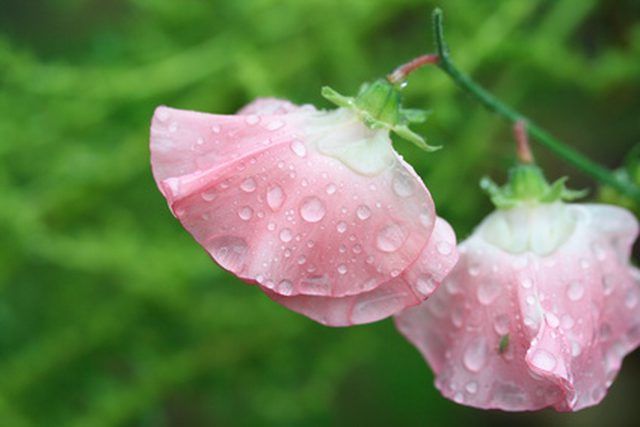Bulbs
Flower Basics
Flower Beds & Specialty Gardens
Flower Garden
Garden Furniture
Garden Gnomes
Garden Seeds
Garden Sheds
Garden Statues
Garden Tools & Supplies
Gardening Basics
Green & Organic
Groundcovers & Vines
Growing Annuals
Growing Basil
Growing Beans
Growing Berries
Growing Blueberries
Growing Cactus
Growing Corn
Growing Cotton
Growing Edibles
Growing Flowers
Growing Garlic
Growing Grapes
Growing Grass
Growing Herbs
Growing Jasmine
Growing Mint
Growing Mushrooms
Orchids
Growing Peanuts
Growing Perennials
Growing Plants
Growing Rosemary
Growing Roses
Growing Strawberries
Growing Sunflowers
Growing Thyme
Growing Tomatoes
Growing Tulips
Growing Vegetables
Herb Basics
Herb Garden
Indoor Growing
Landscaping Basics
Landscaping Patios
Landscaping Plants
Landscaping Shrubs
Landscaping Trees
Landscaping Walks & Pathways
Lawn Basics
Lawn Maintenance
Lawn Mowers
Lawn Ornaments
Lawn Planting
Lawn Tools
Outdoor Growing
Overall Landscape Planning
Pests, Weeds & Problems
Plant Basics
Rock Garden
Rose Garden
Shrubs
Soil
Specialty Gardens
Trees
Vegetable Garden
Yard Maintenance
Wild Sweet Pea Plant Identification
Wild Sweet Pea Plant Identification. The wild sweet pea is the species odoratus within the Lathyrus genus, which is a member of the Fabaceae family. The Lathyrus odoratus originated in Italy but can now be found in most parts of North America. The wild sweet pea is planted as a vine in gardens, where it will grow around wood and metal fencing and...

The wild sweet pea is the species odoratus within the Lathyrus genus, which is a member of the Fabaceae family. The Lathyrus odoratus originated in Italy but can now be found in most parts of North America. The wild sweet pea is planted as a vine in gardens, where it will grow around wood and metal fencing and wire. To correctly identify the Lathryus odoratus, knowledge is needed of the plant's form and structural features, foliage and flowers, and climate and habitat in which it thrives.
Form and Structure
The average height of a mature wild sweet pea plant is 4 to 6 feet. This height is achieved by vines, stemlike extensions that cling to any firm, narrow (wire, netting) structure. The stems that compose the vine structure are thin, .25 to .1 an inch in width or less, and are light green to green. Stems will shoot out from other stems at 45- to 90-degree angles.
Foliage and Flowers
The leaves are light green, green or dark green, are oval and come to a point at the tip. The average leaf width is .25 to 1 inch. Flowers are hermaphroditic-they can be male or female-and are described as "ruffled." They are white to pinkish-white in color. Cultivars, or varieties of the main species, can have blue, purple or red flowers. The average width of a flower is 1.75 to 2.75 inches.
Climate
The wild sweet pea is hardy in all USDA zones. The plant can survive in all of North America, but it can thrive, and grow and spread aggressively, in California, Utah, Illinois, Kentucky, Tennessee, Michigan, New York, Maine, the Carolinas and Ontario.
Habitat
The plant grows in several different soil types: sand, loam and clay. The preferred soil pH is mildly alkaline (7.6 to 7.8), but it can survive in mildly acidic to neutral soils (5.0 to 6.8) as well. The diversity of hardiness zones is reflected by the plant's ability to survive in full sun, partial sun and partial shade.
Considerations
Despite the name, the wild sweet pea is not edible, as all parts of the plant are toxic. And despite the toxicity, the flower's oil is used in perfumes. The plant's flowers will bloom at the beginning of summer and fall.